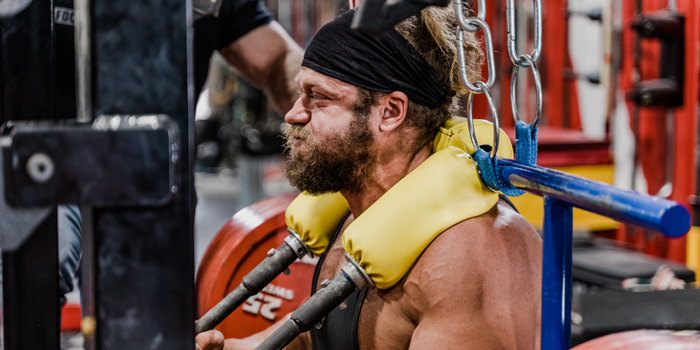
Purpose
“The Western or linear method of periodization is the most practiced yet most misunderstood form of periodization used by lifters and coaches today,” writes Dave Tate in his 2000 article “The Periodization Bible - Part 1.” It’s a great read for any athlete or coach, not just those in strength sports, as Dave does an outstanding job of defining the organization of strength training. After setting the scene by breaking down the basic terms and parameters of periodization, Dave dishes out the specifics on linear periodization and provides a sample program (which EliteFTS brought back to light by sharing on their Instagram in March of 2021). He describes the methodology and goals of hypertrophy, strength, power, and peaking mesocycles before pivoting to the pitfalls of a linear training program and finally introducing the reader to the superior method: conjugated periodization.
What I’ll attempt to do in this article—which is really a case study/training journal/program review of that old “Linear Periodization 101” training template—is make an argument for linear periodization, address some of its pitfalls, and describe the type of athletes that it can work for. Personally, I believe that linear periodization is an effective method for increasing strength in novice lifters, athletes looking to build mass, and tactical athletes, among others.
My Background
To gain any sort of credibility for this experiment I undertook, I have to provide context. I am not a strength athlete or even an athlete devoted to any specific endeavor. I am an officer in the US Army, so I can’t really afford to abandon any one aspect of physical fitness.
Moreover, even if I wasn’t in the military, I wouldn’t WANT to. I have a great appreciation for Jim Wendler’s fifth training principle: balance. While I sometimes put one or more aspects of my fitness on the back burner to focus on a training goal (preparing for Ranger School or an Army PT test, running a marathon or long trail race, setting a squat or bench PR, etc.), I want to be as fit as I can in every aspect.
Many will cringe at this, but I actually ENJOY running. I also love the barbell. I am NOT a powerlifter, but I love powerlifting. Does that make sense? So, why is this relevant? While the majority of elitefts readers and listeners are strength athletes, many members of this community coach somebody who is not. There is great value in understanding how to train, or coach, populations outside of elite strength athletes to build hypertrophy, strength, and power.
Not counting my high school wrestling days, where most of what we did in the weight room was probably not all that productive, I have been training the squat, bench, deadlift, and press for roughly six years. Therefore, I would consider myself somewhere between a novice and intermediate lifter. Almost all of my training has been 5/3/1; I like it because it’s simple, effective, and modular—meaning I can program it in infinitely many ways that will allow me to tackle my personal, professional, and fitness goals without abandoning the barbell.
So, why did I switch it up and run an 18-week linear periodization program? I had just switched jobs within the Army from an extremely demanding position (a rifle platoon leader in charge of 45 soldiers where I spent many days at the range, in the field, or walking around with a rucksack on my back) to a much more flexible one (an executive officer in a financial management unit).
I knew that I would have a lot more control over my training, my diet, and my sleep. I could also afford to put on a few pounds and let my two-mile run time slip a little bit. Due to the demands of being in the military, as well as a few injuries I suffered along the way (a knee surgery and a lower back strain that put me in the emergency room), I had not squatted 300 pounds or deadlifted 400 pounds since college. Now, I had the time to devote. I was ready to be “strong” again.
The Program
I elected to make a couple of small changes to the template. I still squatted on Mondays, benched on Wednesdays, and deadlifted on Fridays. However, in keeping with my 5/3/1 roots, I decided to execute the strict standing overhead press on Saturdays in lieu of a light bench day. I also used a hex/trap bar for the deadlifts to preserve my lower back. Finally, as Dave suggests in his 2000 article, I decided to start with a lighter squat training max for the first mesocycle and bumped it up five pounds at the beginning of each of the remaining mesocycles. Below are my training maxes for the program; I started the program weighing just under 175 pounds.
- Squat: 265/270/275/280 - I had squatted 295 in the annual “Garage Gym Competition” two months earlier, but again, I didn’t want to be crushed a few weeks into the program.
- Bench: 235 - I benched 235 in the same “competition.”
- Deadlift: 340 - Same deal.
- Press: 170 - One month before starting the program, I pressed 170 as a “joker single” during a 5/3/1 cycle, a PR at the time.
For accessories, I got my inspiration from Dave’s original periodization article, Sam Brown’s “Exercise Selection: Ask Better Questions and Make Better Choices,” and Wendler’s “5/3/1 Manual.” I aimed to strengthen my hamstrings, back, and triceps, progress in either reps or weight on accessory movements throughout each individual mesocycle, and change exercises each mesocycle. You can see my pre-programmed exercise selections in my templates below with the exception of the peaking phase; I was traveling a lot during that month and never knew what equipment the various gyms I’d be training at would have.
I made sure to not abandon conditioning but did cut way back on the amount of running I generally do. I did 1-2 short runs per week and 1-2 low-intensity conditioning sessions utilizing either interval training or the cardiac output method on rowers, ski-ergs, and air bikes. I also tried to do 10-25 minutes of mobility daily; I used the paid GoWOD app.
I won’t get into the weeds of my diet, but I did get a metabolic test done to calculate my TDEE or “total daily energy expenditure” based on my resting metabolic rate combined with my projected work and exercise volume. Throughout the cycle, I shot for a caloric surplus of 100-300 calories a day.
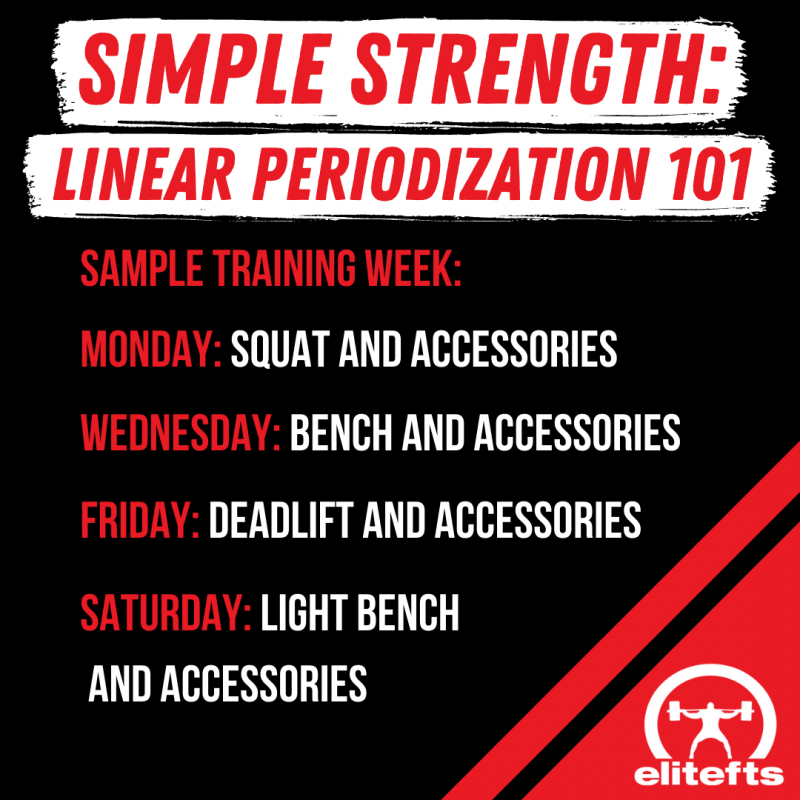
Mesocycle 1: Hypertrophy
Goal: condition; build mass; build a base for the strength phase.
This phase kicked my ass, especially the sets of 10 on squat and deadlift. It definitely met the conditioning objective and also worked the hell out of my grippers (especially following the high-volume deadlifts with DB step-ups and suitcase carries). Looking back, I probably should’ve decreased my accessory work and conditioning volume, specifically on the lower body days.
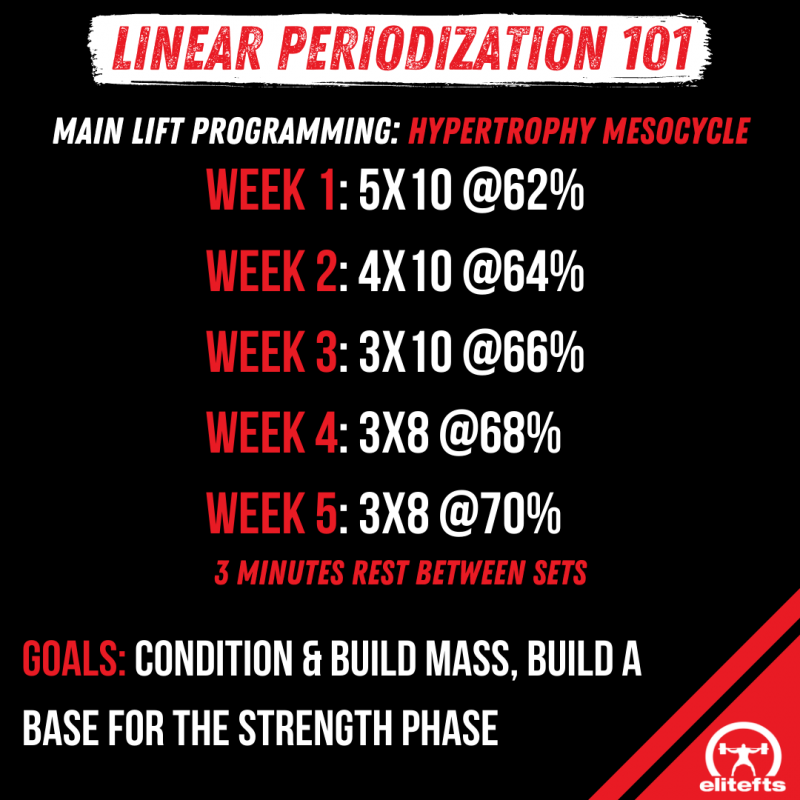
Mesocycle 2: Strength
Goal: increase muscular strength.
I was certainly glad to be done doing sets of 8-10, but 5x6 was still no joke. In this phase, I decided to start implementing “extra credit” reps on the last set of the main movement (similar to the AMRAP sets in 5/3/1). I was careful to not go anywhere near failure and cut it off at the slightest hint of form degradation. I also experimented with DB Z-press on bench days during this phase, which turned out to be one of my favorite accessories; it’s a phenomenal shoulder strength builder and core stabilizing exercise.
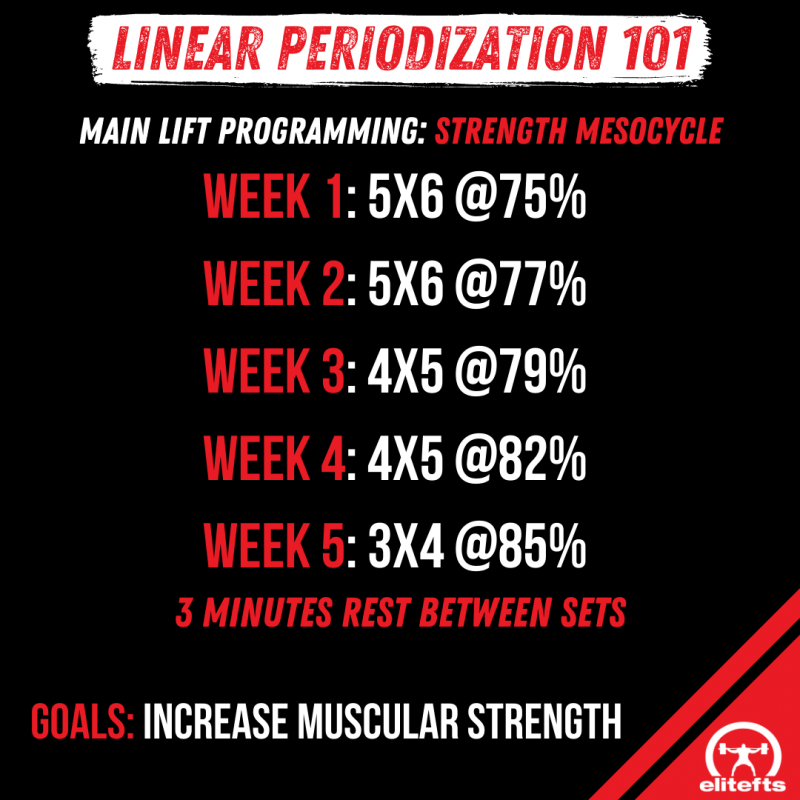
Mesocycle 3: Power
Goal: increase power with near-max loads.
This is when the weights started to get “heavy.” I continued the “extra credit” reps and built a lot of confidence knowing I was repping weights that I hadn’t since before my previously stated injuries. In fact, when compared to my 5/3/1 numbers over the years, I was setting rep PRs almost every week at various weights. In Wendler’s own words, “If your squat goes from 225x6 to 225x9, you’ve gotten stronger. If you keep setting and breaking rep records, you’ll get stronger.”
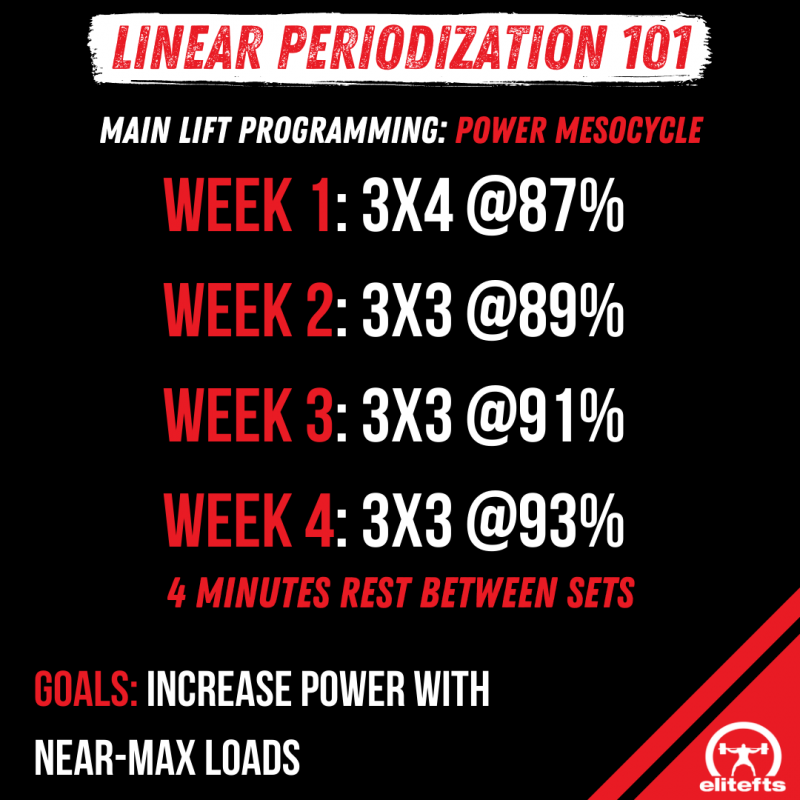
Mesocycle 4: Peaking
Goal: drop fatigue while maintaining maximum strength.
The finish line was in sight. The first week, with 3x3 @ 95%, is probably the toughest week of the entire 18-week program. The lengthened rest periods definitely save you here. With that being said, I dialed back my conditioning work in this phase to avoid fatiguing my legs before heavy lifts (almost completely removing running) but maintained the accessory movement volume. I didn’t want to lose all “GPP” and wanted to continue addressing the weak areas of my body.
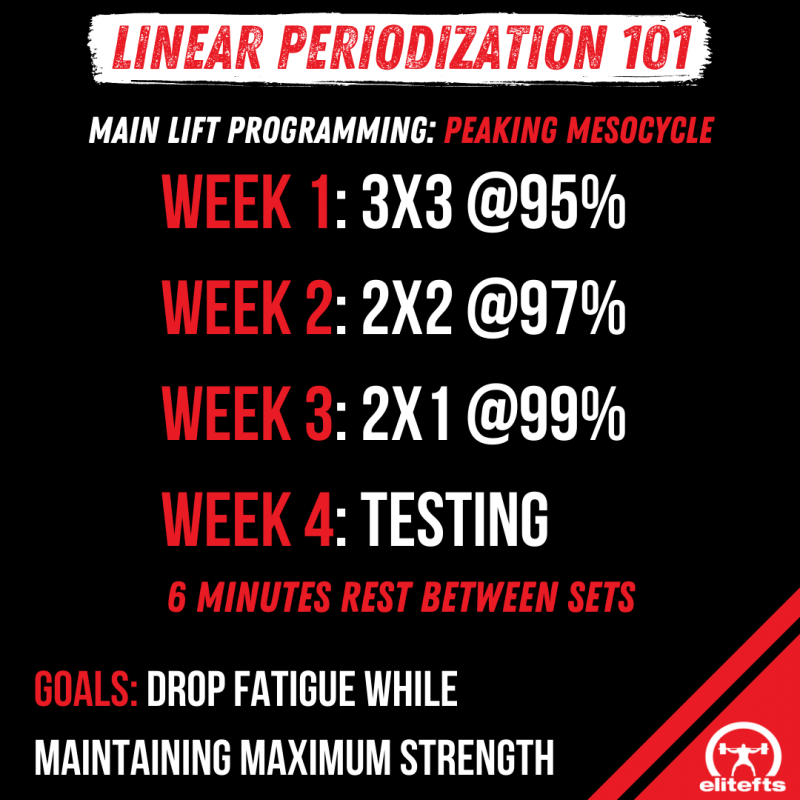
Results and Conclusion
At the end of the program, I weighed just over 182 pounds; I had gained eight pounds. This number, like my beginning weight, was taken out of a weekly average of morning weigh-ins to avoid outliers. Below are the attempts I hit during week 18, testing week.
- Squat - 305, 315, 330 - a 35-pound increase over six months and a lifetime PR.
- Bench - 250, 260, 265 - a 30-pound increase over six months and a lifetime PR.
- Deadlift - 365, 385, 405 - you’ll recall this is with a hex bar, but it was still my first time picking up 405 in over four years.
- Press - 175, 180 - a 10-pound increase over five months and a lifetime PR.
As a novice-intermediate lifter who is—for lack of a better term—a “tactical athlete,” I was able to set significant PRs in all of my lifts, gain healthy weight, steer clear of injury, and avoid abandoning endurance/conditioning work. If you are a coach, especially of a young population of athletes, this data is significant. My heaviest weights in training were 280 on squat (330 on test day), 235 on bench (265), 340 on deadlift (405), and 170 on press (180). Of course, they will always want to max out (shit, I tried to max on bench press and power clean every week as a high school wrestler), but it’s clear that most young athletes do NOT need to take a maximal effort approach to get stronger.
Below I attached the excel file that shows all my weights and assistance exercises for each mesocycle.
Dave Tate wrote his 2000 article as an elite powerlifter. In my opinion, which I’m sure will be shared by the majority of readers, he’s right about conjugated periodization being the best method for elite powerlifters. For many athletic populations, some of whom are probably being coached by elitefts readers, linear periodization can be a powerful tool.
Below, I’ll address some of the pitfalls of linear periodization that Dave wrote about in The Periodization Bible:
- “It’s a percentage-based program” Using percentages might not be the best way to customize a tailored training plan for every athlete, but it is certainly simple and effective. You can use a competition max for a strength athlete who has one or take the Wendler approach and calculate a max off of reps at a submaximal weight. I definitely benefited from Wendler’s principle of “starting too light” and using Dave’s suggestion of bumping up the training max each mesocycle for the squat in particular. Furthermore, I highly recommend keeping it an “open system” as Dave often talks about on the Table Talk podcast. If the athlete is feeling great that day, he or she can do some “extra credit” or “joker” reps or sets. On a shittier day, the athlete can drop the weight or volume and live to lift another day. Life happens; train the athlete, not the program.
- “It starts with a high volume” For many athletes, this isn’t necessarily a negative. Most populations will respond positively in terms of hypertrophy and conditioning to the high volume days and weeks.
- “Your abilities aren’t maintained” So long as the coach or athlete appropriately implements accessories and conditioning, the athlete should be able to maintain abilities throughout a macrocycle. Furthermore, after a deload (which could coincide with a high school or college athlete’s “dead period”), an athlete could move back into another high volume phase or periodize strength for maintenance while shifting focus to another aspect of fitness or athleticism such as endurance, agility, or a sport-related skill. As Dave has said, “life is block training.”
- “It only has one peak” Not all athletes need to peak multiple times a year for competition; some just need to build a foundation of strength or put on some muscle mass. In fact, a team sport athlete probably doesn’t need to peak at all—at least in terms of his or her barbell lifts.
Finally, here is a list of examples that can benefit from linear periodization.
- A beginner strength athlete who is planning to compete for the first time
- An athlete who is coming back from an injury (provided they have rehabilitated properly)
- An intermediate athlete who wants to put on size and strength (ex. a powerlifter or wrestler who wants to move into a higher weight class, a football player who wants to move from tight end to guard)
- A tactical athlete that excels at endurance events and bodyweight exercises but struggles to pick up and move heavy equipment or people
- Any team sport athlete entering a long off-season
When it comes to seasoned strength athletes who a) have multiple competitions under their belt or b) have been frustrated by plateaus when utilizing linear periodization, conjugate is probably the best answer. If you’re a novice lifter, an athlete trying to put on size and strength, or a coach of one of these relevant populations, don’t overthink things. Consider utilizing linear periodization to build a simple and effective program.
References
- Brown, Samuel. “Exercise Selection: Ask Better Questions and Make Better Choice.” EliteFTS, 7 Oct. 2021, https://www.elitefts.com/education/exercise-selection-ask-better-questions-and-make-better-choices/.
- Tate, Dave. “The Periodization Bible.” T-Nation, 3 Nov. 2000, https://www.t-nation.com/training/the-periodization-bible-part-1/.
- Wendler, Jim. 5/3/1: The Simplest and Most Effective Training System to Create Raw Strength. 1st ed., 2009.
Hunter Richardson serves as an infantry officer in the United States Army. He trains in a variety of ways and loves his garage gym dearly. Hunter aspires to one day serve as a youth strength coach.










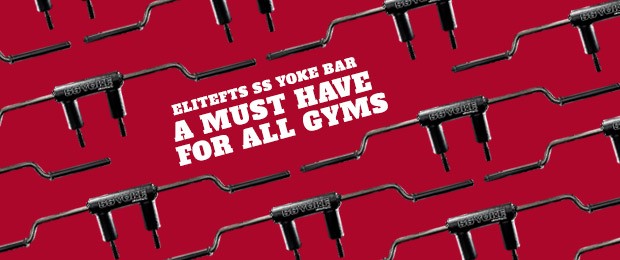
Discussions on Periodisation styles often remind me of Japanese Superbike reviews, where they compare all the super bikes and come up with a winner. The margins in performance are so close that the vast majority of motorcycle riders have nowhere near the proficiency or skill to be worrying about which method to use, and a good rider would get more out of moped, than a bad rider would get from a racer.
Discussions on Periodisation styles often remind me of Japanese Superbike consumer reviews, where they compare all the superbikes and come up with a winner. The margins in performance are so close that the vast majority of motorcycle riders have nowhere near the proficiency or skill to be worrying about which bike to buy. A good rider would get more out of moped, than a bad rider would get from a racer. Consistency, dedication and committing to a sensible, proven methodology are far more productive, than the methodology itself.